Savasana: Sometimes Rest Is Anything But Easy
Look it up in on a search engine or listen to what your average yoga teacher says, and savasana seems like it should be the easiest damn thing in the entire world. You know, savasana—or “corpse pose”—that thing at the end of a yoga class where everyone lays down?
Let me tell you about the time I, a professional yoga teacher and body worker, could not savasana. For months.
It was in the immediate aftermath of leaving an abusive marriage. There was harassment, some stalking, court dates, a restraining order. All in all, a scary time for me. My nervous system was on overdrive. Everything was impacted; I could not sleep through the night, I was getting extra periods, and some days I’d have more than one panic attack.
I’d get on my own yoga mat in the morning before teaching classes and seeing clients and do my practice. I might do some joint mobilization, some sun salutations, some forward folds. Eventually I’d get to the part where I meant to rest and lay myself down on the floor like I’d done for years.
And that is when, invariably, some version of The Greatest Hits Of Laura’s Recent Personal Hell would emerge. Some days I’d simply and inexplicably start sobbing uncontrollably. Some days I’d have a flash back. Some days I’d lie there, willing myself to be still, while my muscles and breathing and the entirety of my being would remain in a persistent state of Very Uncomfortable High Alert.
So I understand very well what’s happening at the end of a yoga class when some folks plop down like it’s the easiest thing in the world and someone’s body language starts to change. At certain points in our recovery, many survivors of trauma will really struggle to settle in such a vulnerable position.
What can we do about it?
First, movement teachers need to be aware of the possibility that someone in your class may struggle with savasana.
I’d like to shout from the rooftops about this; DO NOT CENTER THE EXPECTATION OF EASE. Sure, savasana might feel good and be easy for many folks you serve, but I’d love if we erased from our collective vocabulary all mention of “just rest,” “let it all go,” “enjoy…” etc. Removing the implication that there’s one normal, expected, correct way to lay on the floor alleviates suffering—so let’s do that.
If you’re a trauma survivor who finds yourself uneasy laying flat—please don’t. Your body is your own. Laying there trying not to hyperventilate is not helpful. Instead, find a position that’s easier for you. That might be child’s pose, you might roll yourself over and hold a blanket, or you may prefer to sit up. If you’re practicing with a teacher who “corrects” you or looks at you funny; their failure to support you says nothing about you.
I’ll write another post soon with some specific alternative possibilities I’ve used for myself and other survivors of trauma.
If you’d like to come to a yoga class where survivors’ needs are centered and I can guarantee nobody’s going to look at you funny—come join me!
